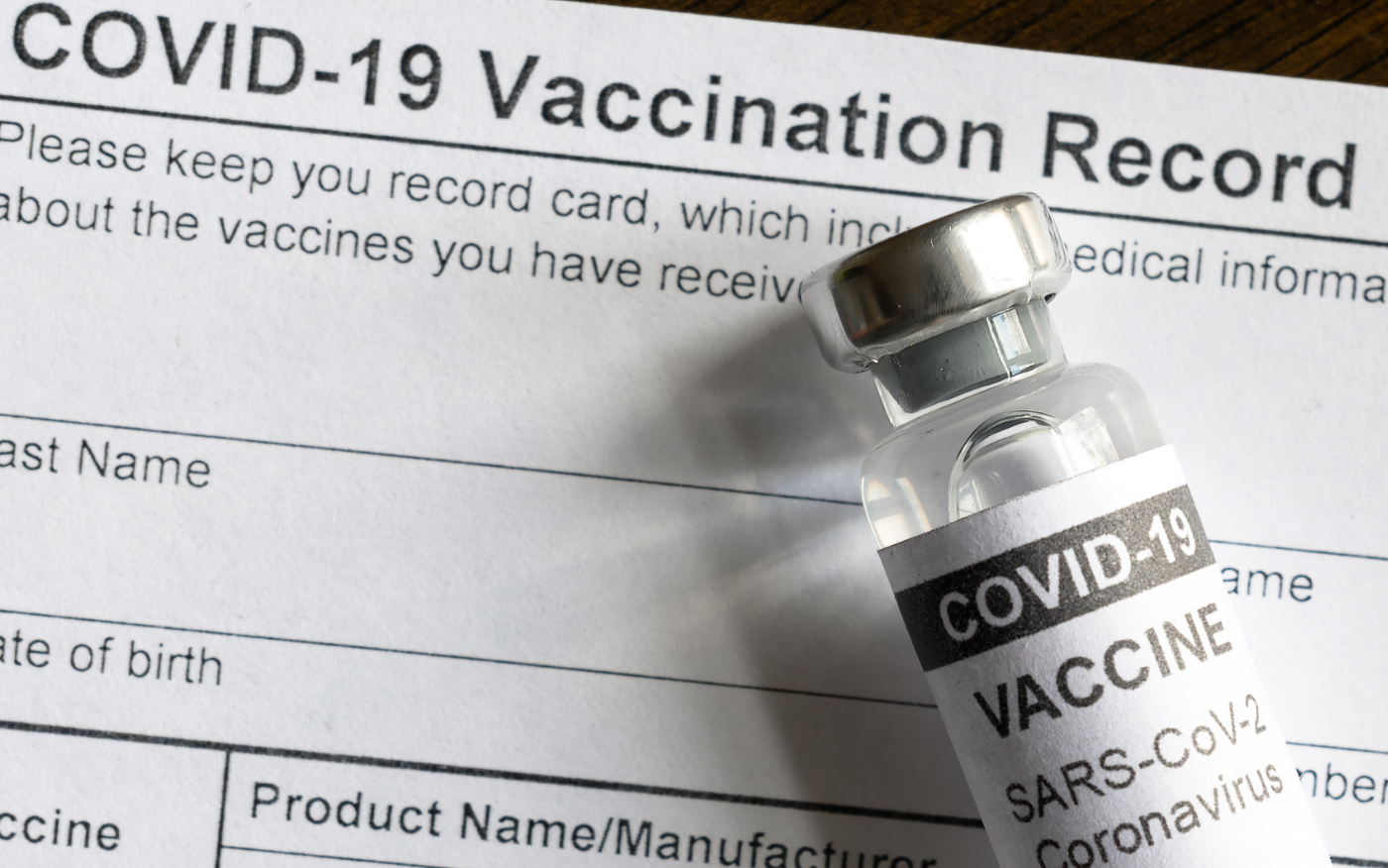The report assesses and provides detailed information on the availability and affordability of COVID-19 vaccines from Oxford/AstraZeneca, Johnson and Johnson (J & J), Moderna, and Pfizer/BioNTech, covering 17 MICs where our Make Medicines Affordable (MMA) campaign partners work – Argentina, Armenia, Belarus, Brazil, El Salvador, Georgia, Guatemala, Honduras, India, Kazakhstan, Kyrgyzstan, Moldova, Morocco, Russia, Thailand, Ukraine and Vietnam. The information they gathered covers vaccine supply, delivery, donations, pricing and technology transfer during the period between 1 January 2021 and 19 January 2022.
The report clearly shows that the existing system of intellectual property (IP) protection on vaccines significantly contributed to global inequity, causing higher prices, delays in registration and supply – and that donations did not fill these gaps. Of the 2.8 billion vaccines delivered to the 17 MICs by January 2022, only 4% of doses came from COVAX deliveries – significantly less than what was expected from this global initiative.
“Global efforts to address vaccine nationalism were ineffective, especially for MICs, where the impact of COVAX was low ,” noted Othoman Mellouk, Access to Diagnostics and Medicines Lead at the International Treatment Preparedness Coalition (ITPC). “Donations are an unpredictable and unreliable strategy.”
MICs paid too much for their vaccines. Vaccine prices in six MICs were, on average, 9.4 times higher than their estimated/ benchmarked prices. In addition, some countries did not receive all of the vaccines pledged or sold to them – making it impossible for them to cover their populations. Overall, MICs had a 52% vaccination rate, while Canada, Germany, Israel, Japan and the US achieved an average vaccination rate of 69% – nearly reaching the World Health Organization’s global goal of 70% by mid-2022.
MICs also had to wait too long for vaccines to be registered and supplied (until March 2021 for the Oxford/AstraZeneca vaccine, until May for the Pfizer/BioNTech vaccine, and until July for vaccines from J&J and Moderna).
“All of this contributed to high hospitalization and mortality rates, and long-term health effects from COVID-19 in these 17 countries,” added Othoman, “and it reinforces the importance of providing technology transfers, to enable sustainable local vaccine production. Vaccine coverage rates were higher in MICs that established local production (61% vs. 40%).”
